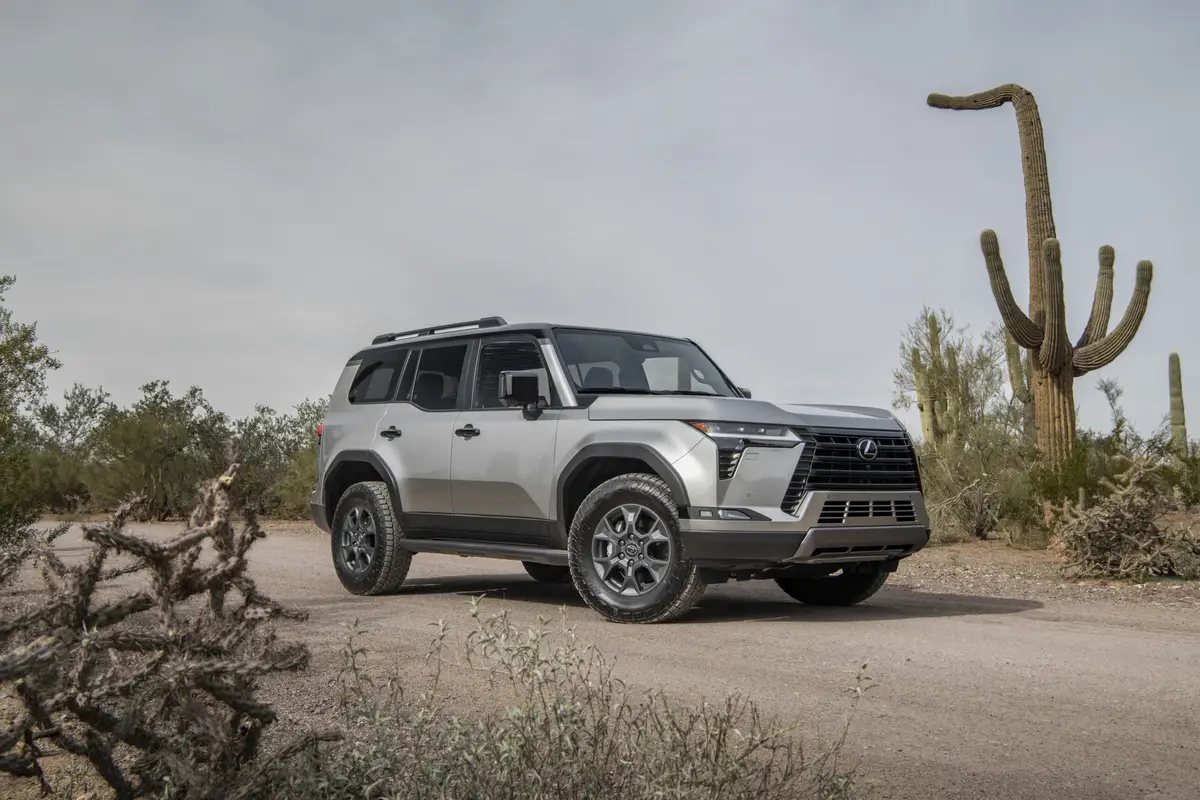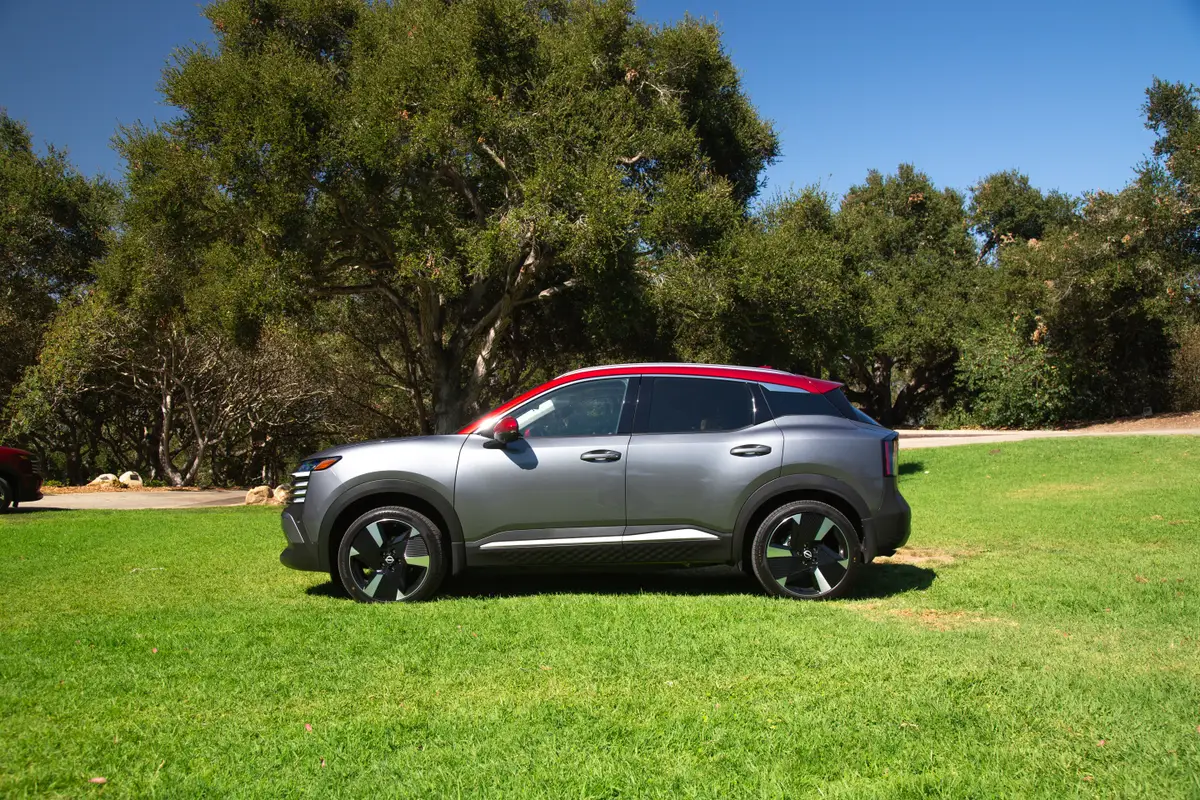Our view: 2011 Cadillac CTS

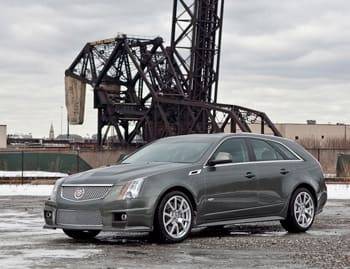
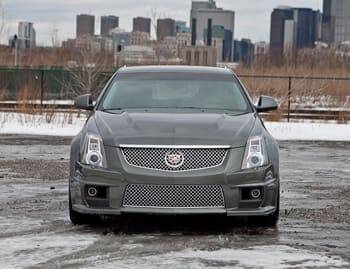
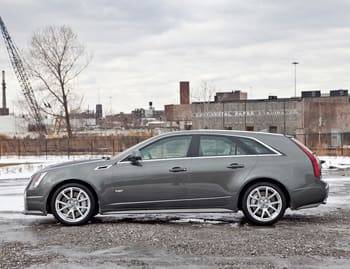
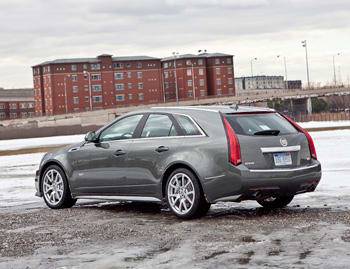
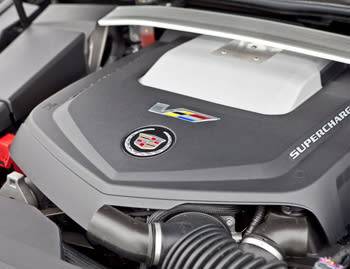
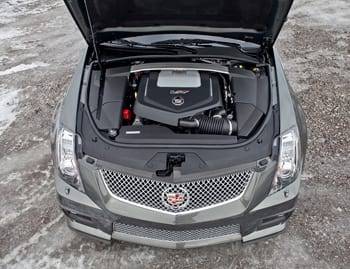
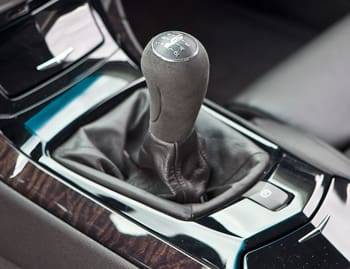
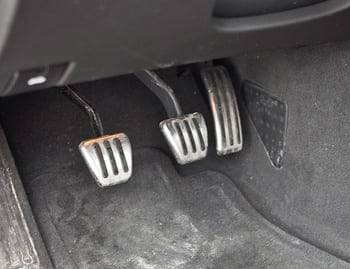
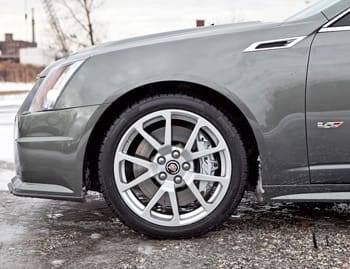
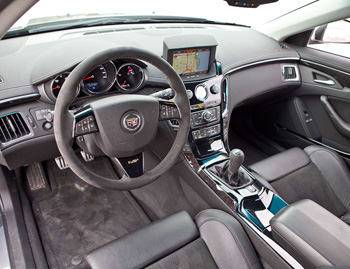
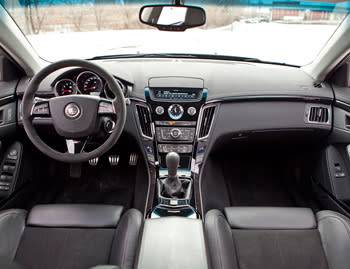
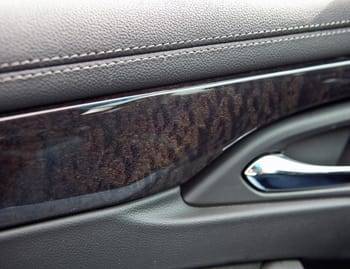
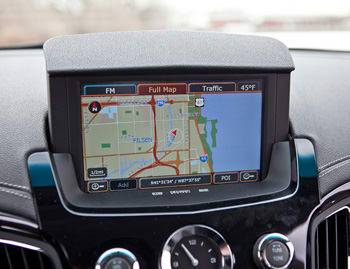
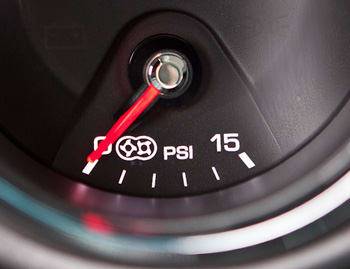
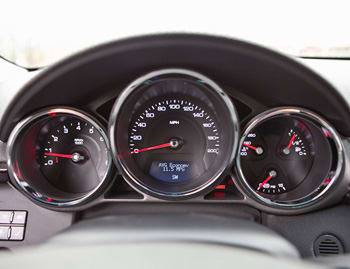
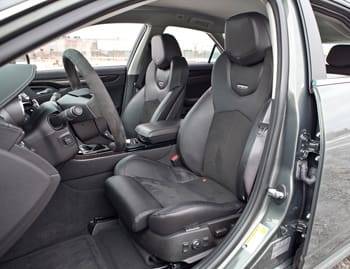
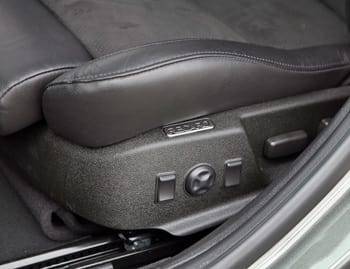
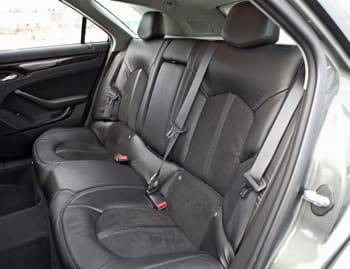
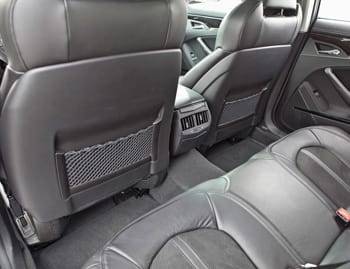

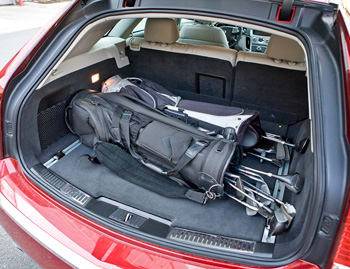





















The CTS-V is one of the most exciting performance vehicles on the market, and a new wagon version makes it even more attractive to an admittedly small subset of buyers.
In its second year, the Sport Wagon now comes with the V-Series treatment offered on the sedan and new coupe. Nothing of significance has changed from 2010 to 2011 in the regular CTS wagon (see the two compared), so I’ll refer you to my 2010 review and concentrate here on the CTS-V Sport Wagon.
Two Out of Three Ain’t Bad
In last year’s review, I cited three problems with the regular CTS wagon that gave me pause. The CTS-V version I tested has eliminated two of them.
To wit, I deemed the regular CTS’ driver’s seat a deal-breaker. The seat is close to the floor, which I found awkward, but the main problem was backrest comfort — or lack thereof: The center panel was as hard as a plank. I heard from one buyer who was so dissatisfied with it he took advantage of GM’s 60-day money-back guarantee and unloaded his CTS sedan. The CTS-V, however, offers optional leather Recaro sport seats. These aren’t the most comfortable sport seats I’ve experienced, but they’re so much better than the CTS’ standard seats that I considered the game back on.
Second, last year’s test car had an automatic transmission, and its hesitancy disappointed me gravely. In the 2011 CTS-V coupe reviewed by Mike Hanley, the higher engine output mitigated but didn’t eliminate the problem. There’s no excuse for this kind of performance these days, though it’s reaching epidemic proportions across the market. My CTS-V sport wagon, however, had a six-speed manual that turned this car into a star.
I always prefer a stick, but they aren’t all well executed. This one is as satisfying as the automatic is unsatisfying. Wrapped in faux suede, the shifter has short throws and feels connected to the car. By today’s standards, the clutch pedal is rather heavy. After a congested commute, one of our editors said he felt like he’d been on a one-legged StairMaster, but I loved it. It provides some feedback and requires more skill than the average clutch.
The Ocean of Heresy
I’ll dip my toe in the ocean of heresy by comparing this characteristic with the BMW M3. The M3 is a phenomenal car, as I detailed in my 2010 M3 review. But it’s not perfect, and two of my issues with it are a rubbery, disconnected shifter and a nonlinear spring-back to the clutch pedal. I prefer the CTS-V’s.
Then there’s the CTS-V’s engine, a 556-horsepower, supercharged 6.2-liter V-8 that launches the wagon with absolute fury. With the manual transmission, this car is transformed. One after another of our editors came back from their time in the CTS-V practically bubbling over. We aren’t all the power freaks you might expect, and the output alone wouldn’t impress us if the car weren’t equipped to manage it as well as it does: The dynamics are great, the brakes are solid and the sound is intoxicating. If anything, we’d like to hear more of it, including the hushed supercharger.
What’s so special about the CTS-V’s drivetrain? The prodigious torque is there from the moment you let the clutch out. It goes from zero to 60 in less than 4 seconds. Now, 551 pounds-feet of torque is a lot, but it’s not just about the amount; it’s the immediacy, especially at a time in automotive history when peak torque is creeping its way up the rev range. Even V-8s need to be wound out like never before if you want to tap into the grunt.
I know I’m now diving into the sea of heresy, but the M3 is a good example. As I pointed out in the 2010 review, it needs to rev before you get to the good stuff. Make no mistake: 414 hp and 295 pounds-feet from a normally aspirated 4.0-liter is nowhere near what the CTS-V generates. However, the M3 is nearly 700 pounds lighter, and beyond that, it’s not simply about how much output is there — it’s about where you find it.
The CTS-V achieves peak torque at 3,800 rpm, which seems close to the M3’s 3,900 rpm, but the M3 redlines at 8,400 rpm while the V tops out at 6,200 rpm, so the Caddy’s peak seems to come mighty quickly on a relatively flat torque curve. The M3’s curve is a gentle rise.
In the real world, this makes the CTS-V more fun to drive under normal conditions. I suspect the M3 would clean up on a racetrack — especially versus a wagon — but its excellent manners, high-rev torque and toggle-switch shifter make it less engaging on the street. There it is. I said it.
Safety
Standard safety features include antilock brakes, side-impact airbags for the front seats, side curtain airbags and an electronic stability system. For a full list of safety features, check out the Standard Equipment & Specs page.
CTS-V Sport Wagon in the Market
American consumers’ aversion to wagons is a disadvantage for this version of the CTS-V, but it’s also an advantage, mainly because this car is the only game in town for performance fiends who want more practicality than a sedan can deliver. There’s no M3 wagon, and Audi no longer imports an Avant wagon version of the S4. The Infiniti EX35, something of a tall wagon, is a hoot to drive, but its power is bush league compared with Cadillac’s slugger.
That leaves the third drawback I cited for the regular CTS wagon: reliability, which Consumer Reports rated “much worse than average” last year. This year it has improved to “worse than average.” (Baby steps ….) For what it’s worth, this rating doesn’t include the low-volume V-Series, but performance fans and slaves to style have always exhibited a higher tolerance for reliability shortfalls than have average drivers. The low-rated cars of today are as good as the highly rated ones of yesteryear. I can see the subset of drivers who want a relatively low-profile performance wagon being thrilled with this car despite the potential repair issues.
| Send Joe an email |

Former Executive Editor Joe Wiesenfelder, a Cars.com launch veteran, led the car evaluation effort. He owns a 1984 Mercedes 300D and a 2002 Mazda Miata SE.
Latest news
